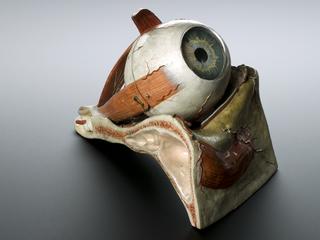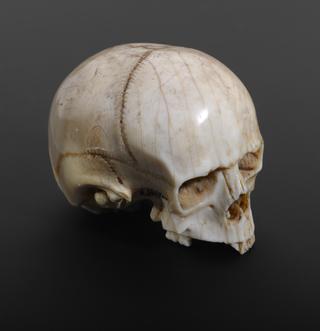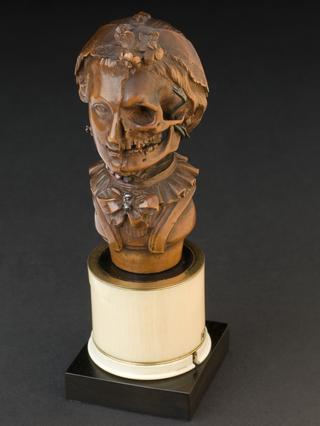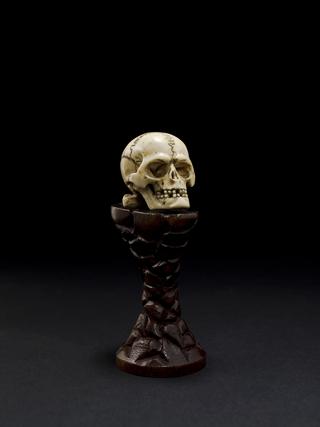








Bronze anatomical figure of male, right arm missing, depicts musculature and part of arterial system, probably English, early 18th century
Sculpted from bronze, this type of anatomical figure showing the muscles without the skin is known as écorché. Part of the arterial blood network, which carries blood away from the heart, can also be seen. Anatomical figures were used to teach medical students anatomy as there was a shortage of bodies available for dissection as well as cultural and social taboos to be overcome. Preservation was also difficult. The figures were valued for their visual appeal and were often presented in stylised artistic poses.
Details
- Category:
- Anatomy & Pathology
- Collection:
- Sir Henry Wellcome's Museum Collection
- Object Number:
- A653940
- Materials:
- bronze
- Measurements:
-
overall: 221 mm x 77 mm x 74 mm,
- type:
- anatomical figure




